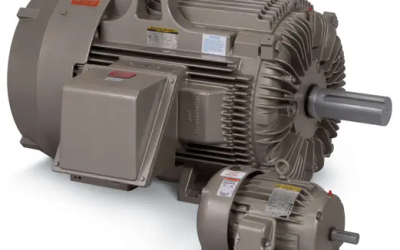A plasma power supply may sound like an invention from the far-off future, but it is actually doing important work in many of today’s biggest global fields. These devices create and sustain plasma, a state of matter like gas but consisting of free electrons and ions. This composition makes plasma highly conductive and responsive to electromagnetic fields.
Key Elements of a Plasma Power Supply
Aside from the generation and sustenance of plasma, these devices have several other key characteristics that make them valuable equipment in many fields. These include:
• High voltage and current. These devices must be capable of providing the high voltage and currents needed to ionize gases and maintain plasma.
• Stability. They must also offer the kind of stable output required to maintain the conditions necessary for plasma.
• Frequency control. Some applications may also require specific frequencies to produce and maintain plasma.
• Durability. Durability is also key since many of these devices must operate in environments where high temperatures, reactive species, and repetitive movement can make long-term use more difficult.
Applications of Plasma Power Suppliers
You can see how useful a plasma power supply could be, but what specific fields are these devices used in? Some of the most common applications today include:
• Electronics and semiconductor manufacturing. This may include plasma etching or cleaning, or deposition of thin films such as plasma-enhanced chemical vapor deposition (PECVD) film.
• Materials processing. Cutting, welding, and surface treatment are all common uses.
• Medical and biomedical. Traditional medical uses include sterilization, while biomedical engineers can use plasma to alter and improve cell adhesion and growth.
• Aerospace and automotive. From coating and surface-treating aircraft to powering propulsion systems, plasma powers it all. It can also be used to reduce carbon emissions in automobiles.
• Environmental. Speaking of cutting carbon emissions, plasma can be helpful in pollution control, water treatment, and more.
There are many more applications for plasma power suppliers than the ones listed above – many of which are still in their earliest stages. This is one device that is certain to be an important part of numerous industries for many years to come.







